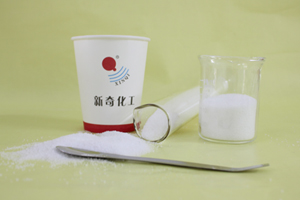What is micro-electrolysis suitable for?
Micro-electrolysis technology is currently an ideal process for treating high-concentration organic wastewater, also known as internal electrolysis. In a nutshell, it uses the 1.2V potential difference generated by the micro-electrolysis material filled in the wastewater to electrolyze the wastewater without electricity, so as to achieve the purpose of degrading organic pollutants. When the system is …









